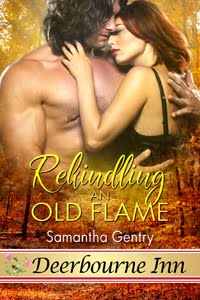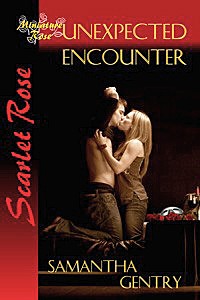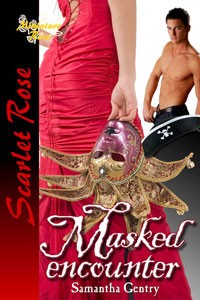I came across an odd bit of information a while back. Even though I don't write historicals, I
decided to save it with the thought in mind that it might make an interesting
blog.
Medieval times…the Dark Ages. There are many documented tales of truly
barbaric treatment. But, unlike the
message we get from Hollywood's entertainment industry, Medieval times overall
weren't as barbaric as we've been led to believe. And with that thought in mind, here's a list
of the ten biggest myths about justice in the Dark Ages.
10) Go Directly To Jail?
Most Medieval communities actually had a judge and jury type
of system, although it was much quicker than today's long drawn out
sessions. Court generally lasted less than half an hour. At the judge's discretion, he could ask a few
simple questions and deliver a verdict without consulting the jury.
9) The Lawless Middle Age Villages?
Earlier Medieval communities had much more social
responsibility than today. If one member
claimed to be wronged, every resident had to join in the hunt and persecution
of the criminal, otherwise they would all be held responsible.
8) Those Strict Church Types?
The pious Middle Ages were serious about religious
offenses. Each town's church usually ran
its own kind of court to investigate everything from bad attendance to
heresy. However, the concept of
sanctuary was also well known with the church as a place where criminals could
avoid sentencing or punishment.
7) Out Of Sight, Out Of Mind?
Criminals who committed lesser offenses were often subject
to a policy of three strikes and you're out—literally. Repeat offenders were often simply banished
from a city and not allowed back rather than killing them or having them
clutter up the prisons. Humane and cost
effective.
6) Executions: Left, Right, and Center?
According to Hollywood, Medieval evil-doers were killed on
whim and often in public squares for even the slightest of offenses. In reality, capital punishment was used only
in the most serious cases which included murder, treason, and arson with the
guilty usually hanged.
5) Royal Highnesses High Above the Law?
Medieval nobles did enjoy certain privileges when it came to
bending laws or making new ones to serve their purposes. However, most European countries had
legislation preventing their kings and queens from running wild, such as
England's Magna Carta signed by King John in 1215.
4) Public Beheadings as Weekly Spectacle?
Beheading was swift and painless—as long as the axe was
sharp. It was considered a privileged
way to die and reserved primarily for the nobility. Treason was the crime of choice with the
beheadings usually taking place inside castle walls rather than in public.
3) The Burning Times?
A few witches, as proclaimed by their accusers, were burned
at the stage during Medieval times. But
it was during the following Reformation period (beginning approximately in
1550) that burning witches at the stake really took off. However, in England witches were rarely
burned and were hanged instead.
2) Off With Your Ear?
Mutilation—severing of an ear or hand—was occasionally used
as a punishment for serious crimes, especially in larger jurisdictions such as
London. But more often, Medieval law
enforcement used it as an empty threat rather than actually doing it.
1) Rack 'Em Up?
Immortalized in the film Braveheart, the most famous torture
device of all time was the rack. It
probably wasn't used in England until the very end of the Medieval period. It was used extensively along with other
devices beginning in the torturous days of the 1500s when Queen Elizabeth I,
and other European monarchs, began purging religious opponents.
So, next time you're watching a high budget film set during
Medieval times and filled with bloody and torturous actions, remember that
there's a good chance it didn't really happen that way.




























8 comments:
Hi Samantha,
Now that was really fascinating. I falsely assummed that the middle ages were barbraric, now, thanks to your post I know that it wasn't always the case.
Regards
Margaret
Hi, Margaret. Medieval times were certainly barbaric by today's standards, but as you said it wasn't always the case. Novels, movies, and television have led us astray over the years. :)
Thanks for your comment.
Great post Samantha. I have been totally led astray by Hollywood.
Marika
Hi, Marika: Even if the Medieval times weren't as horrific as we thought, I still wouldn't want to have lived them (unless it was in a castle with lots of servants...maybe). :)
Thanks for stopping by.
Hollywood has a hard time getting today accurate, expecting them to try to get Medieval times right is guaranteed to fail. It would be too taxing to actually do the research, to spend hours reading material and learning the facts.
Besides, think how dull it would be. LOL.
Pat: True, true...Hollywood is in the business of providing entertainment rather than factual education. :)
Thanks for your comment.
I always love finding out where expressions really originated. Thanks for sharing.
Hi, R.E. -- not sure how your comment about my trivia sayings got down here in the medieval torture blog section, but I appreciate you stopping by and leaving a comment.
Post a Comment